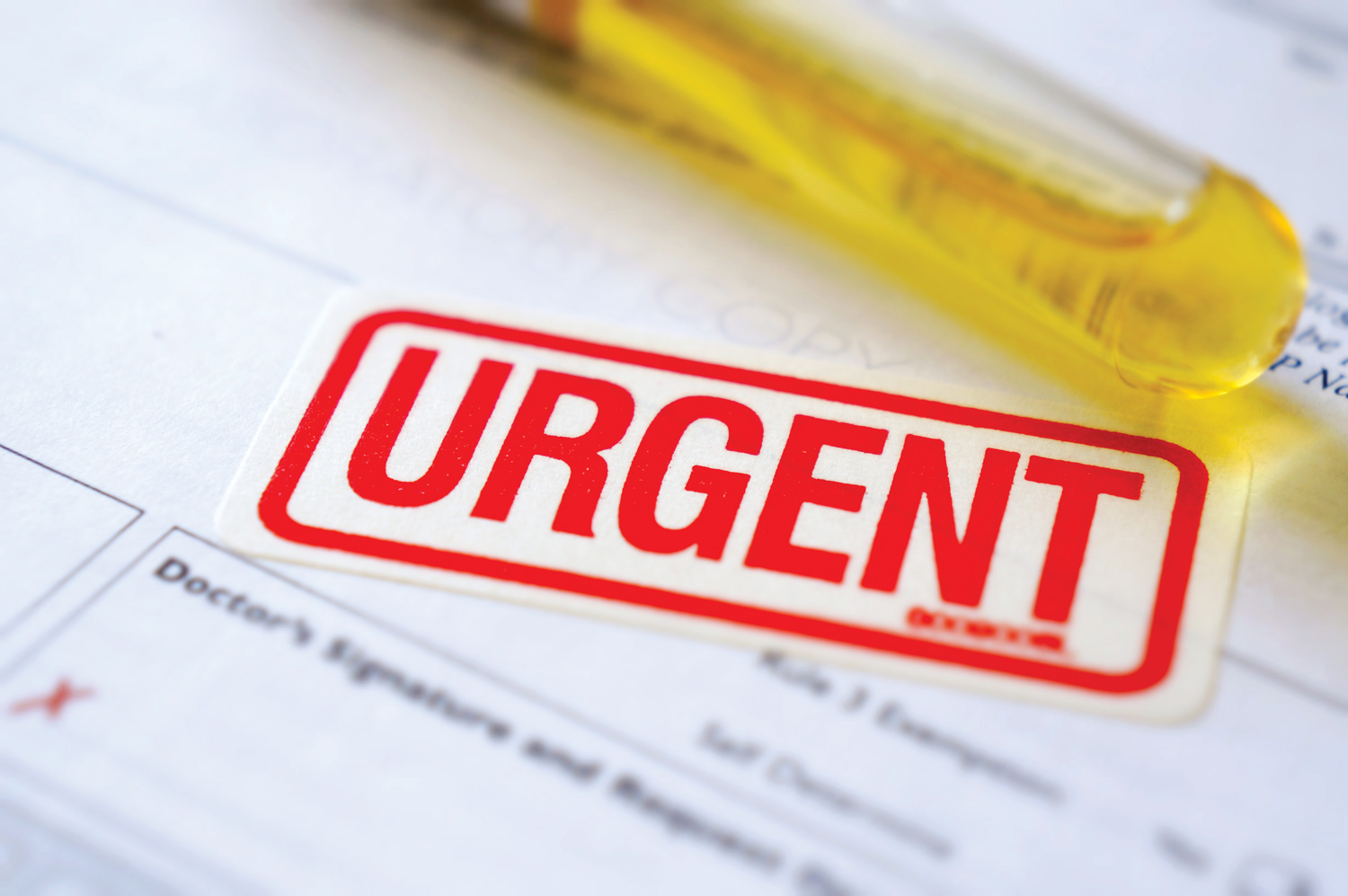 Medical laboratories routinely communicate ‘critical’ results, which may signify an immediate threat to life or health, directly to the requesting clinician as soon as analysis is complete.
Medical laboratories routinely communicate ‘critical’ results, which may signify an immediate threat to life or health, directly to the requesting clinician as soon as analysis is complete.

Examples would include a very high potassium concentration or an increased cardiac troponin. Other results associated with significant but not immediate clinical risk might be directly communicated during office hours; an example would include a new histopathological diagnosis of cancer.
Just as the receipt, acknowledgement and follow-up of laboratory results are important considerations for any clinician’s practice, robust processes for the communication of high-risk results by the laboratory are an essential part of good clinical governance, as well as being required by regulation.
There are several high-profile examples of devastating patient outcomes occurring where a failure of clinical or laboratory processes for the management of high-risk results have been contributing factors.
There is little evidence to guide the most appropriate thresholds that define critical results. Excessive customisation of critical results thresholds for individual patients or clinicians is generally neither feasible nor safe. Therefore, the thresholds employed by the laboratory comprise a blunt tool that must, in effect, balance sensitivity (ensuring that those results entailing the highest risk are not missed) with specificity (minimising low-value interruptions to clinical practice).
As an example, telephoning every raised ALT (> 35 IU/L) would generate a huge number of telephone calls, most of which would be for patients with mild, chronic, or non-existent liver disease. A laboratory might instead choose a value of 1000 IU/L as a cut-off; a result of 990 IU/L, which may still indicate a significant acute liver injury, would not automatically trigger a call.
The laboratory’s mechanisms for communicating high-risk results can never be perfect and should not be solely relied upon by the clinician.
Hospitals usually have clearly defined delegation and escalation protocols for dealing with critical results at any hour. Therefore, it is uncommon for problems to occur with the communication of critical results to a clinician able to take responsibility for decision-making in this setting.
By contrast, communication of critical results after hours can present challenges in primary care. Often, the laboratory does not have the clinician’s personal after-hours contact details, nor the details of any other 24-hour cover arrangements the practice may have in place.
In instances where the laboratory cannot reach an appropriate doctor to receive a critical result after hours, the laboratory’s on-call pathologist within the relevant testing discipline must decide on an appropriate course of action.
It can be challenging for the pathologist, without knowing the full clinical and social context, or being able to see the patient physically, to make a judgment as to clinical urgency. Sometimes, patients decline to present to emergency departments when advised to do so by a pathologist, even when informed of the gravity of the potential consequences. This could be in part due to the instruction coming from a doctor unknown to them telephoning them “out of the blue”. Therefore, this is not an ideal contingency and should only be regarded as a last line of defence.
Cardiac troponin results are frequently dealt with after hours. Putting aside the arguments against measuring cardiac troponin to exclude acute myocardial infarction in outpatients, documentation of the requesting doctor’s mobile telephone number on the request form ensures that a positive result can be immediately communicated. This principle applies to all other tests where a result that requires immediate action could be reasonably expected.
Key messages
- Laboratories directly communicate some high-risk pathology results to requesting doctors, supplementing the clinician’s own processes for results management
- Laboratories endeavour to balance patient safety against unnecessary intrusion, but some results that are telephoned by the laboratory may not be deemed high-risk by the clinician
- Documentation of the requestor’s after-hours contact details where a result requiring immediate action could be reasonably expected (e.g., cardiac troponin) ensures that the patient can receive the most appropriate care.
Author competing interests – nil

